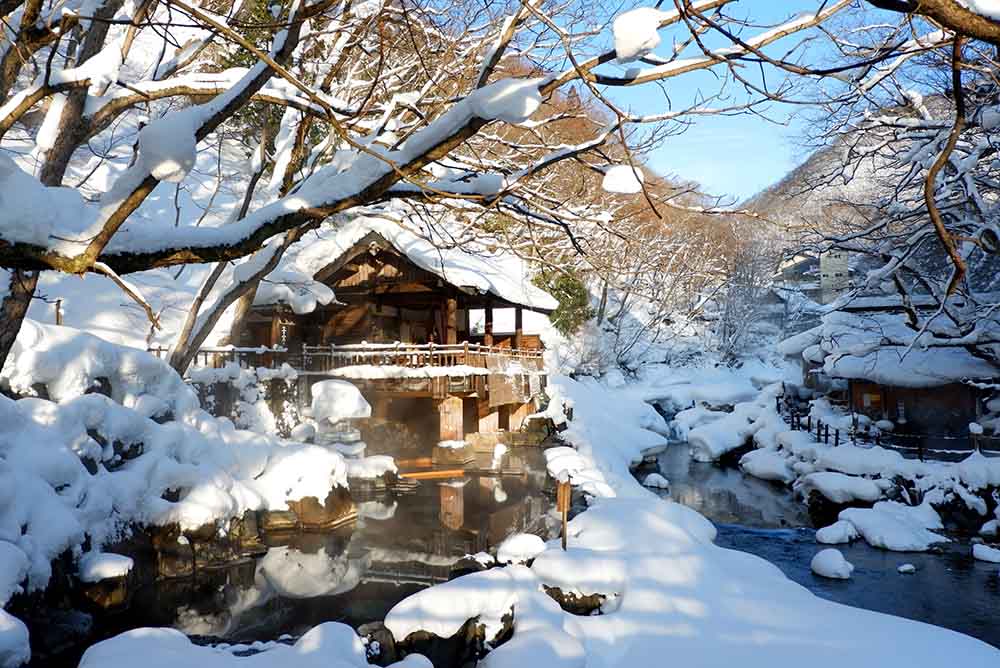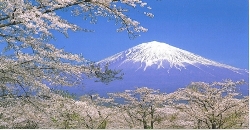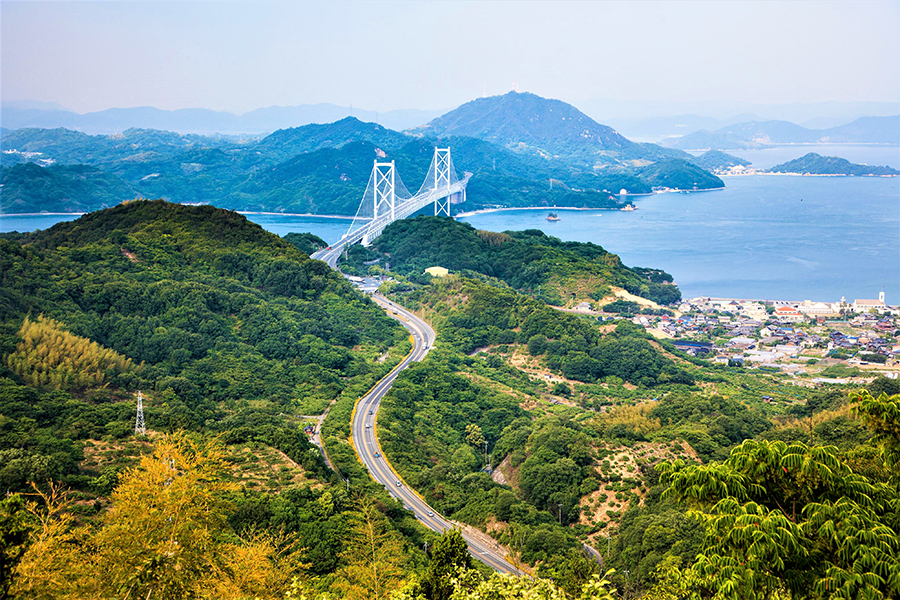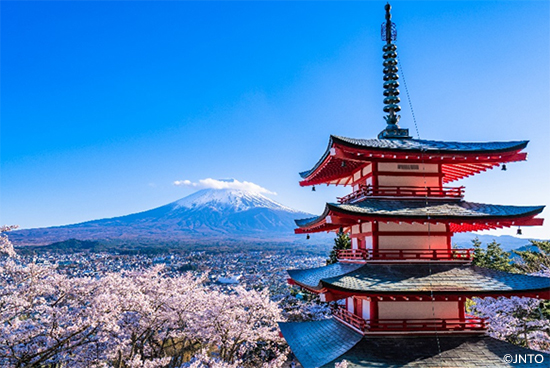Learn how to experience different kinds of baths like a local
Japan has over 3,000 natural onsen, or hot springs, ranging from hidden springs tucked away in the mountains to famous baths with views of Mt. Fuji. First-time visitors are sometimes wary of trying Japanese baths because the idea of bathing naked with strangers seems foreign, but as long as you follow good bath manners, any initial awkwardness is bound to vanish as soon as you sink into the steaming water. With countless types of baths to try, no visit to Japan would be complete without experiencing Japanese bath culture at least once.
With so many naturally occurring springs, there is a lot to choose from when picking your onsen experience. Springs vary in their mineral content, with different types being known for their unique healing properties. For example, sulfur water is known for treating skin irritation like acne and for relieving joint pain, while naturally carbonated water is known for its beautifying effects. The different mineral content also changes the appearance of the water, with some being more bluish, others more brownish, and some an opaque milky-white. The temperatures, too, will vary, but are generally hotter than a typical western bath. In very hot baths, it is important to take frequent breaks outside the water to avoid overheating.
One of the remarkable kinds of onsen to experience is the rottenburo, or open-air bath. Some rottenburo have views of mountains or overlook streams and soaking in a steaming rottenburo as snow falls is a uniquely beautiful experience of winter in Japan. If you visit an onsen town, make sure to also try the ashiyu, or footbaths, where you can soak your tired feet while chatting with friends.

There is also a strong tradition of sento, or local public baths. Some are hole-in-the-wall establishments off side alleys, visible only by their distinctive signs, ゆ, yu, meaning hot water. Others, known as super sento, have a huge variety of baths and a selection of other amenities like massages and steam rooms. Sentos have always been social gathering places of the community, so you may even be surprised when some locals try talking with you. Some sento have special baths on different days, such as yuzu baths or tea baths. At the end of your bath experience, you will often see locals relaxing and enjoying a cold drink. Some people prefer juice while others prefer milk or beer, but everyone has a favorite post-bath drink. Drinks are available in vending machines outside the bath, and often the bath also includes seats or space to stretch out on tatami mats for relaxing. It is well-worth visiting sento when you’re in Japan due to their local, quirky flavor. Tokyo Sento introduces Japan’s sento culture in English as well as nearly 500 sentos in Tokyo.

With such a plethora of bathing experiences available, the one constant to be aware of is bathing etiquette. Both onsen and sento are shared spaces, so it is essential to follow good bathing manners. Traditionally, baths have prohibited tattoos. This is changing in some places, but if you have tattoos (particularly large and visible ones), it is still a good idea to check on the bath or hotel website or ask the staff before visiting.
1. Wash yourself thoroughly before getting in the bath.
Since the bath water is shared by everyone, this rule is paramount. Baths always have a separate area where you rinse off first, usually while seated on stools. It is good manners to remain seated as you use a small towel to scrub thoroughly, then use the small bucket or the showerhead to rinse off. Onsen hotels and more upscale establishments will provide towels and soap, but if you visit a small local sento, make sure to bring your own soap and towels.
2. Don’t put anything in the bath except your body.
No swimsuits are allowed in the bath, and you should take care to avoid dipping your towel into the water. Long hair should be tied up, and jewelry should be left at home or in the locker—sometimes the minerals in the hot springs can cause it to change color.
3. Make sure you enter the right bath by gender.
While some hotels still have mixed-gender baths, most baths are divided by gender. You can see the correct gender on the curtains leading in, with 女 (women) on one and 男 (men) on the other. Since each bath may have slightly different amenities or views, they are often swapped morning and evening—so if you stay at a hotel, be aware that your bath may be swapped in the morning!
Still not sold on bathing naked with strangers? Many ryokan, or traditional inns, will also offer rooms with private baths, sometimes even a small outdoor bath on your balcony. Some also have private baths in the main hotel which can be reserved by the hour, which is good for families who want to bathe together. Regardless of whether you enter a private or public bath however, the rules for good bath manners still apply. Let’s enjoy bathing in Japan like a local!



















































